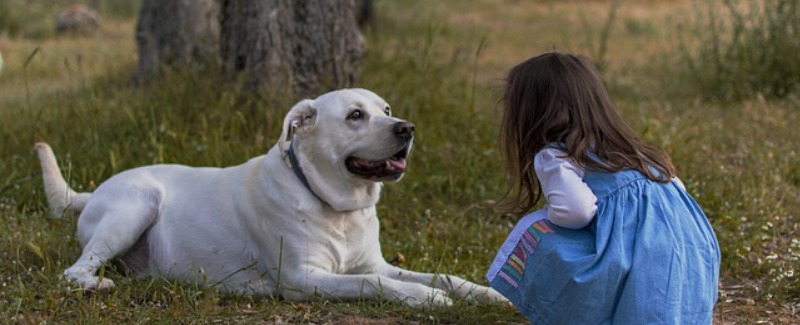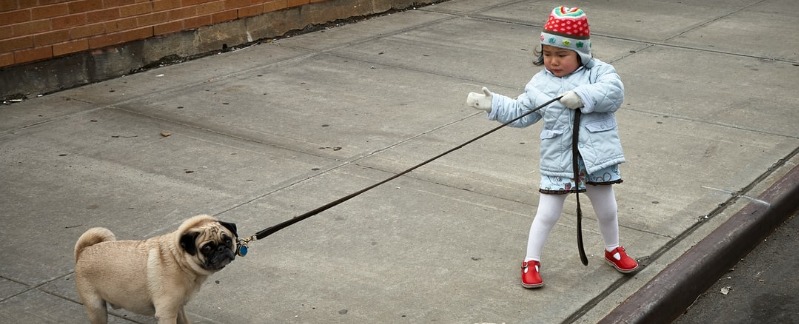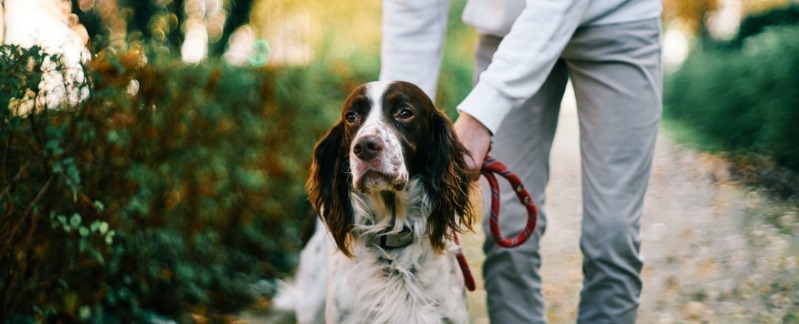You already know how important leadership is for dogs to be happy and well behaved. Leadership is just as important for kids, both to model for them how to treat your dog, and to ease your dog’s mind that someone is in charge of the miniature (and often loud, erratic, and quick-moving) humans in their lives.
Rules of the Game
Contents
If kids behave in an out-of-control fashion around your dog, there is a good chance that one of three things will happen:
- Your dog will try to flee the scene.
- Your dog will behave in an out-of-control manner along with the kids,
- Your dog will discipline the kids herself — and probably not in a way you’d like.
If it’s your dog, then it’s your game, so you make the rules and enforce them for both dogs and kids, even if the kids aren’t yours. You have no apologies to make to anyone for insisting that your dog is both respected by and respectful of people, no matter what their age. If either your dog or the kids who want to interact with her get out of control, it’s up to you to give the offender some time out to get a grip on themselves before resuming activity.
Helping Kids Get Leadership
Kids over the age of six can start to establish leadership with dogs with some parental assistance. Using the same control-the-valuable-resources method that you have been implementing all along, put your child in charge of some of the good stuff in your dog’s life. For example, with sit, eye contact, and wait until release well established in your dog’s behavior repertoire, transfer some of the responsibility for feeding the dog to your child.
Anything your dog wants from your child, like petting or play, should be met with a request for a simple task, like sit, for the dog to perform first. When the feeding ritual is well established, do the same thing you’ve worked on before at doorways and stairways — the kid always goes first, then the dog. For the best results, regularly involve your child in the training process for all the commands, including stays, recalls, and walking nicely on leash.
Back It Up
The easiest way to teach your dog that your child is in charge is to back your child up, provided, of course, that what your child is asking of the dog is reasonable. Backing your child up could be as simple as following up your child’s command with your own, much like when you add a second cue for a behavior your dog already knows. You may also have to back your child up physically, either by making sure the dog does what your child asked, or by helping the child control or restrain your dog.
Walking the Dog
Walking is a great way to establish leadership, but you want to make sure that it’s the child doing the leading, not the dog. As a general rule, unless the dog is very well trained, kids under twelve shouldn’t walk dogs by themselves if the dog weighs more than 50 percent of the child’s weight. An adult should back the child up with either their physical presence or even a second leash, if necessary. Training tools like prong collars or head collars may also be used to give the child a no-strength-required advantage.
Help your child practice giving commands with a commanding tone of voice, not a shrill or plaintive tone. Practice without the dog first, and make sure your child isn’t repeating commands. Kids need all the power their voices can command, and repeating commands dilutes the power of the first one.





